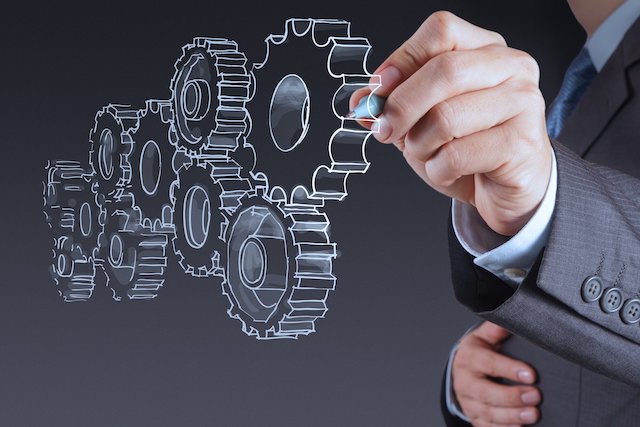
The CNC machining industry is one of the fastest-growing markets in manufacturing. With a CAGR of 7.1% over the next few years, it’s projected to be worth $140.78 billion by 2028.
This makes sense when you understand that CNC machining offers many benefits that 3D printing does not. But how is CNC machining different from 3D printing, exactly? Read on for a comprehensive run-down of these different tooling strategies.
3D printing is also called “additive manufacturing.” This is because it uses a layering method to create end products.
When the manufacturer inserts a file detailing the desired end product design, the machine takes plastics, composites, and bio-materials to layer. The machine will cut the materials down into slices. It will then lay them on top of each other like cards in the desired shape.
Thus, the 3D printer creates an item by adding multiple product layers together. The result is a real-life version of the image detailed in the uploaded file.
Plastic and metal are the most commonly used materials for 3D printing.
There are some advantages to using 3D printing for tooling:
However, there are also several problems with the method:
CNC machining is fundamentally unlike 3D printing because it isn’t an additive process.
It begins similarly – a professional will pre-program software to control the machine tools. It’s important to note that this technology is more intricate than 3D printing software. The CNC machining user can automate complex machines like mills, lathes, and grinders.
Then, the user will insert a block of unformed material into the machine. This material is usually some type of plastic, which is ideal because it’s easy to form and detail plastics. Options include but aren’t limited to PVC, nylon, Delrin, polycarbonate, and acrylic.
The CNC machine will then scrape away at the materials on the block to form the desired end product. It’s reductive, so it eliminates excess materials rather than adding layers together.
This is ideal because it allows for the manufacturing of more precise parts. The machines are made to create intricate cuts, small details, and exact designs on tiny and minute parts. Some common CNC capabilities include tooling small Swiss screws, tiny plastic gears, and durable PVC bolts.
Generally, there are a lot of benefits to using CNC machining vs. 3D printing. Some reasons to opt for CNC include:
However, there are also a few cons of CNC tooling:
In most cases, the “3D printing vs. CNC machining” battle is won by CNC. You’ll spend a little bit more money upfront, but you’ll get a more durable output that lasts a long time. This means you won’t waste money on unnecessary replacements later.
You’ll also get a more precise end product. You can use the small parts to build accurate larger prototypes and items that function well. You won’t need to worry about screws not fitting correctly or inaccurately sized gears slowing down your product’s functionality.
When you work with Severna, you also don’t need to worry about long wait times for your CNC-machinated parts. Our high-speed production processes make us stand out, and we can machine a huge range of engineered plastics with our huge inventory of raw materials. This gives the usually slower CNC machining process yet another leg up over 3D printing.
None of this is to say that 3D printing is bad. It does work in some instances when you want general dimensional accuracy with fewer intricacies. It also produces very little waste, which is great for bulk quantity orders.
Still, you’re not usually going to see the same results as you would from CNC when it comes to precision or accuracy. Manufacturers have less control over fine-tuning the 3D-printed output. An expert could tweak CNC software and automate it to produce perfectly uniform details on all parts in any given batch.
So, how is CNC machining different from 3D printing?
The answer to this question is multi-faceted. But on the most basic level, CNC removes unnecessary parts of a base material while 3D printing builds items with several layers. Now that you know the pros and cons of both options, it’s time to get started.
Severna is committed to providing you with intricate and fine-tuned CNC parts. Our experts use precision technology to run small lots and prototype end products to meet user needs. Request a quote to get started with your high-speed fabrication process today.